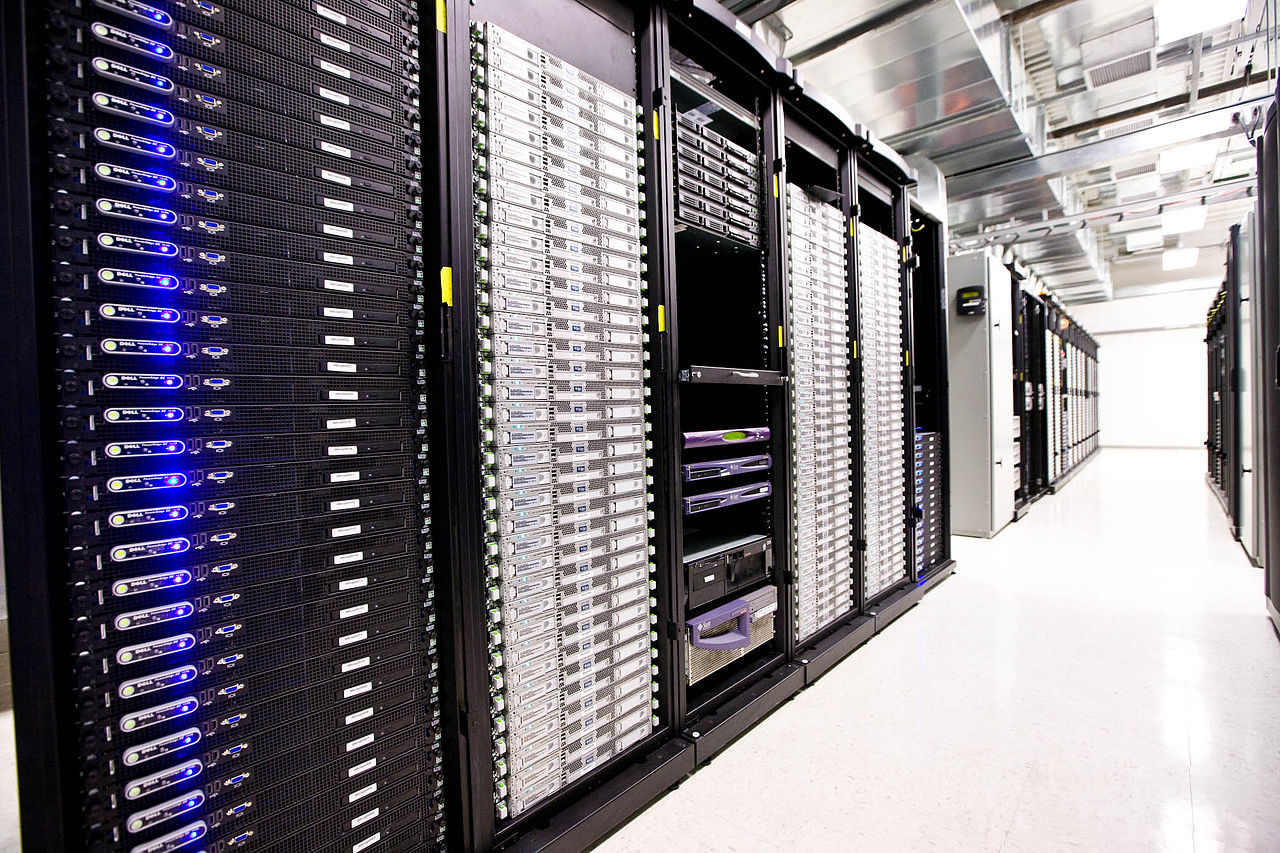IT giants unveiled collaborative solution to deploy hybrid cloud
Dell and VMware integrate the VMware Cloud Foundation and VxRail platforms.

/ photo by Navneet Srivastav PD
Why do you need it
According to the State of Cloud survey, already 58% of companies use a hybrid cloud. Last year, that figure was 51%. On average, one organization “keeps in the cloud” about five different services. At the same time, the introduction of a hybrid cloud is a priority for 45% of companies. Among the organizations that already use the hybrid infrastructure are SEGA, the University of Oxford and the analytical organization ING Financial.
Increasing the number of cloud environments makes infrastructure more complex. Therefore, now the main task for the IT community is the creation of services that will simplify work with multi-cloud. VMware has become one of the companies developing in this direction.
At the end of last year, the IT giant bought startup Heptio , which promotes the deployment tools for Kubernetes. Last week it became known that VMware is launching a joint solution with Dell. This is a system for creating hybrid cloud environments based on the Dell EMC VxRail hyper-convergent complex and the VMware Cloud Foundation (VCF) platform.
')
What is known about the new product
VMware updated their VMware Cloud Foundation cloud stack to version 3.7. From April this year, the solution will be pre-installed on the Dell VxRail hyperconvergent system. The new platform, the VMware Cloud Foundation on VxRail, will provide APIs that connect Dell network devices (such as switches and routers) with VCF software components.
VCF architecture includes vSphere server virtualization software and vSAN storage creation system. Additionally, it includes the technology NSX Data Center, designed to optimize the virtual networks of the data center and their management. The capabilities of the NSX in the transition to a hyperconvergent infrastructure were tested in the English hospital Baystate Health. According to the hospital's IT specialists, the system allowed for a high level of integration of all software and hardware, as well as drivers.
Another component of the VMware Cloud Foundation is the vRealize Suite hybrid management cloud platform. It includes tools for analyzing the operation of a virtual infrastructure, estimating expenses for cloud resources, monitoring and troubleshooting.
As for VxRail, it consists of Dell PowerEdge servers. One device can support up to two hundred virtual machines. If necessary, servers can be combined into a cluster and work with 3 thousand VMs simultaneously.
In the future, they plan to develop solutions as a single system - for this, Dell and VMware synchronize product updates VxRail and VMware Cloud Foundation.
What does the community think?
According to representatives of VMware, the updated integrated platform significantly increases the performance of the hybrid IT infrastructure - an increase of 60%, compared with the old version of VxRail. Also, VMware Cloud Foundation on VxRail will reduce the costs of companies to create a cloud infrastructure. Its operating cost over five years will be 45% lower than that of the public cloud.
One of the main advantages of Dell and VMware is the automation of setting up and managing physical network devices. However, analysts see potential problems that IT giants may face. Perhaps the main one is high competition . In recent years, companies have entered many new markets for themselves (including HCI, SDN and SD-WAN), where major players are already working. For further growth, IT giants need new features that will distinguish their solutions from competitors.
One such area could be machine learning technologies for managing data centers that Dell and VMware are already implementing in their products.

/ Global Access Point PD Photo
Similar systems
Hyper-converged hybrid cloud systems are also being developed by NetApp and Nutanix. The first company offers a system for creating a private cloud with an integrated Data Fabric platform that connects the on-premise infrastructure with public cloud services. The product is also based on VMware technologies, such as vRealize.
A distinctive feature of the solution is the separate nodes of the servers for calculations and storages. According to company representatives, this infrastructure structure helps data centers more efficiently allocate resources and not overpay for unnecessary equipment.
Nutanix also creates a hybrid cloud management platform. For example, the organization’s portfolio has a system for setting up and monitoring IoT systems and a tool for working with Kubernetes containers.
In general, more and more providers of hyperconvergent infrastructure are entering the market of multi-cloud systems. This trend is expected to continue in the near future. In particular, the joint solution of Dell and VMware will soon become part of a larger Project Dimension project, which will combine cloud systems with peripheral computing devices and on-premise equipment.
In our corporate IaaS blog:
- What you need to know about PCI DSS: standard review
- "How are VMware?": A review of new solutions
- Disaster recovery as a service: what you need to know
- Why companies use virtual machines, not containers
- Serverless computing - a trend of modernity or necessity?
- How to test disk system in the cloud
- What is hidden behind the term vCloud Director - an inside view
Source: https://habr.com/ru/post/445794/
All Articles